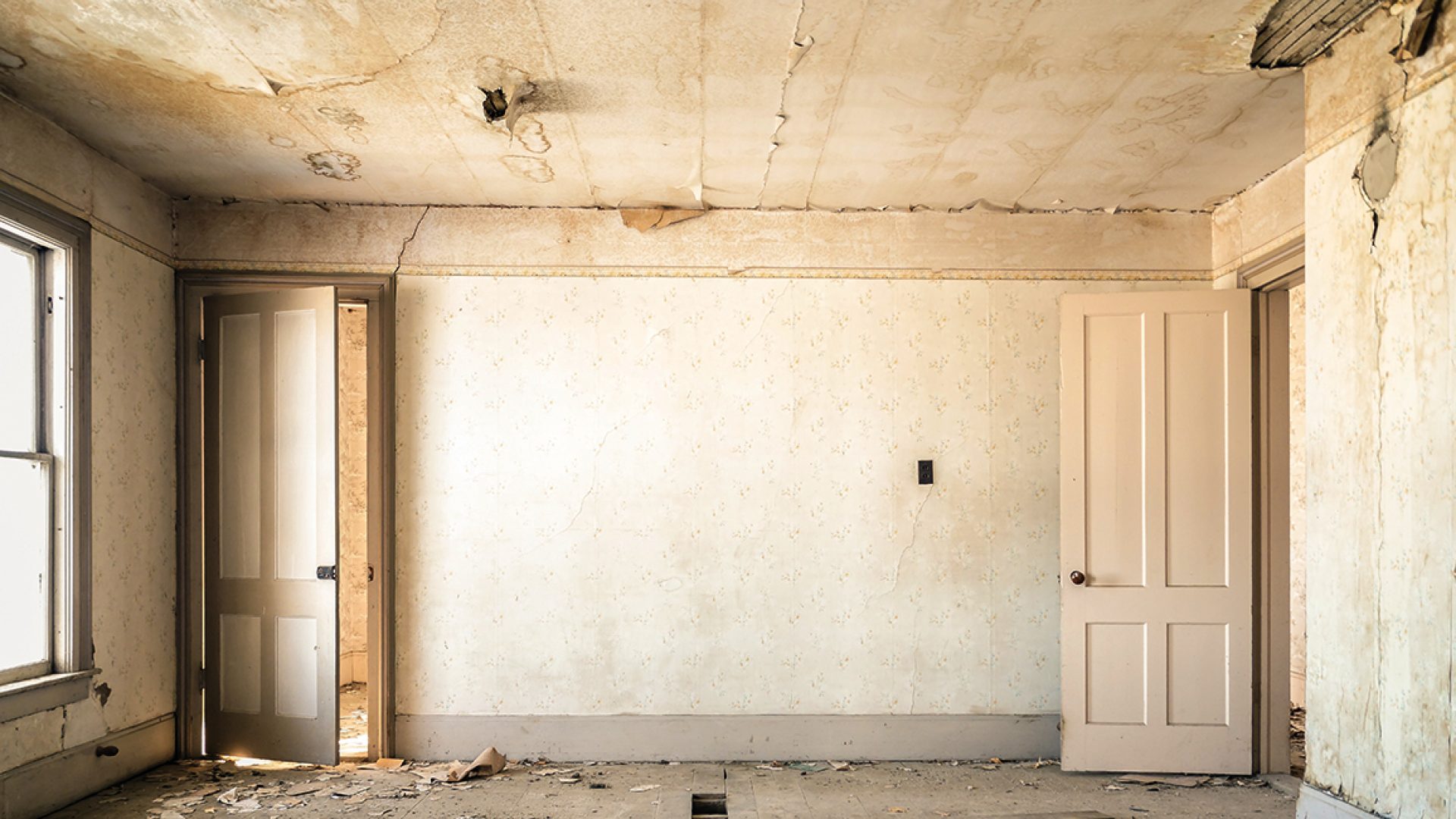Okay, so maybe the older home you’re considering buying isn’t THAT old. A hundred years is a really long time. But we can give you several reasons why a new home is better than an old one. In this U.S. News article, Geoff Williams highlights some of the issues buyers of old homes might want to consider before purchasing.
If you like old homes, you may have aspirations of living in a century-old farmhouse or perhaps a row house constructed in the 1800s. It’s not for everyone, but for some people there’s something charming and almost whimsical about living in a house that’s been around longer than your grandparents. It’s the history, it’s the look and it’s certainly the construction. They just don’t build them like they used to.
That’s meant as a compliment, but it’s possible to purchase a century-old house and eventually long to live in a cookie-cutter home that looks like every other residence on the block. As Kent Owen, an insurance agent from Silverhill, Alabama, puts it: “Older homes may look nice at first glance, but think of them like a person who has been divorced a few times. You might be able to make it work, but you’ll be finding problems from the past in there somewhere.”
That might be fine with you, especially if you enjoy do-it-yourself projects. But if you’re thinking of buying a century-old house, you want to know what you might be in for and then get out your wallet. These are some issues century-old homes tend to have in common.
Faulty, dangerous or old wiring. Well, here’s the good news. If you’re buying a house that is 100 years old, the wiring has probably been replaced, says Welmoed Sisson, a home inspector with Inspections by Bob, headquartered in Boyds, Maryland.
Sometimes, Sisson says, she and her husband will find houses with the original wiring, “and it’s almost never in good working order.”
Here’s a fun fact: “Old houses with electricity frequently had knob and tube wiring, which relied on exposed wires running through porcelain tubes and around porcelain knobs,” Sisson says.
If you hear a homeowner or realtor refer to K&T wiring, they’re referring to knob and tube wiring. And a not-so fun fact: “Many insurance companies will not issue coverage on homes with K&T,” Sisson says.
Corrosive water pipes. A major problem for city governments around the country is that water lines have to be replaced. They don’t last forever. In fact, the American Water Works Association’s 2015 State of the Water Industry report says that replacing aging water lines is currently the most important item on the industry’s to-do list. Not surprisingly, if you have a house that’s 100 years old or older, and previous homeowners haven’t replaced the pipes, that job will fall to you.
Heather Brewer, who has a public relations firm in Albuquerque, New Mexico, says she owns a beautiful craftsman house built in 1919 (OK, just shy of a 100-year-old house), and water issues have often been a problem from the get go.
“Once, as I was cleaning out my desk, my almost-3-year-old son saw my checkbook, pointed to it and said, ‘That for the plumber.’ Literally, the only time he ever saw me write checks was to the plumbing company,” says Brewer, whose son is now almost 4 and likes to pretend he’s a plumber when he plays with his toys.
Sagging floors. It isn’t an issue you would typically think about, but you’ll find it in a lot of old homes, says Tracy Abriola, a marketing and communications professional who lives in Philadelphia. She and her husband, a real estate agent, are living in her second 100-plus-year-old house.
“A lot of times,” she warns, “you’re spending a great deal of money to refinish the hardwood floors, but then find added expense addressing uneven flooring.”
Lilli Keinaenen agrees. A freelance graphic designer in San Francisco, she owns a house built in 1908, and says that if the floors aren’t always even, something else may not be either.
“It came as a pretty big surprise when we noticed our room ceiling heights aren’t the same,” says Keinaenen, who is still renovating. “But also, the floor height between one side and the other vary, too, due to one part of the house having been a porch at some point. So our master suite will have odd steps, ups and downs. That’s all part of the charm, we hope.”




